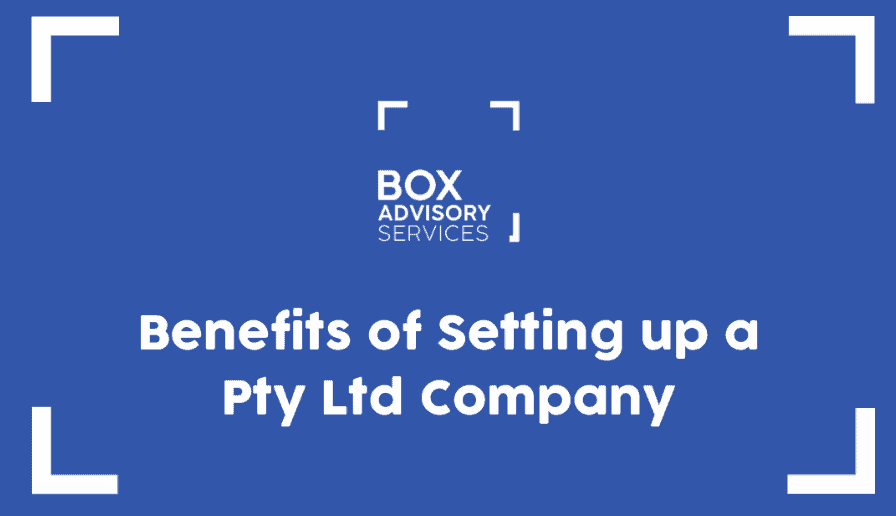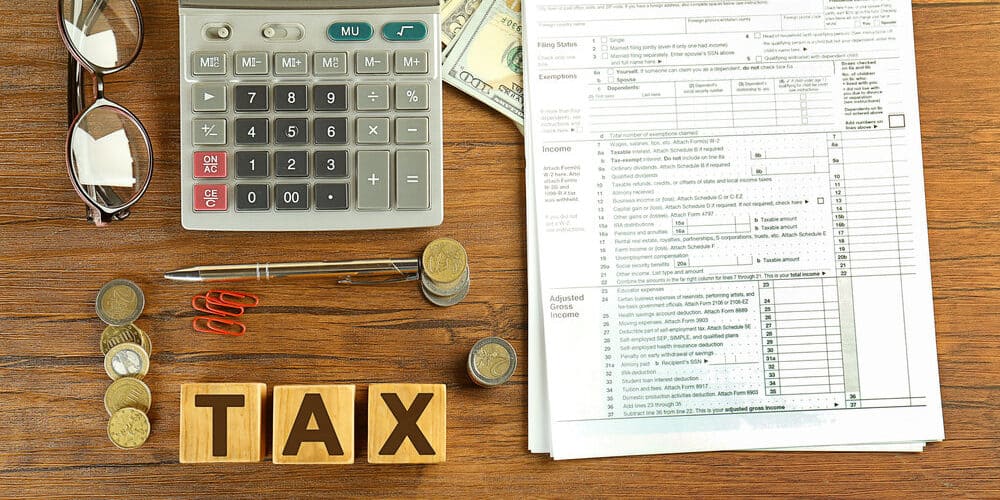
BY
|
A 2300 Word Ultimate Guide to Understanding Employer Obligations
Understanding Employer Obligations
As an employer, it’s imperative to understand that your employer obligations extend further than the monetary compensation owed to your employees. Australia’s extensive legislation revolved around employer obligations, and employee rights remains a treacherous area for many inexperienced business owners to navigate. Below, we explore the obvious and not so apparent obligations you have an employer.
Download our comprehensive eBook Guide to Hiring Your First Employee
NATIONAL EMPLOYMENT STANDARDS & INDUSTRY AWARDS
To best understand your employer obligations, you must first understand the fundamental framework of employment minimum standards. The National Employment Standards (NES) enforced by the Fair Work Ombudsman (FWO) – a minimum standard that all businesses must comply by. This covers minimum standards for all employees in the national workplace relations system.
Before we explore the National Employment Standards, it is also crucial to understand Industry Awards (or modern awards). These are legal documents that outline minimum pay rates and conditions of employment for particular industries. There are more than 100 awards in Australia. The FWO Awards Page provides excellent information on finding your relevant industry award.
Now, let’s begin to understand what the 10 NES standards involve:
HOURS OF WORK
Maximum weekly working hours conditions apply regardless of any award, agreement or contract. An employer must not request or require an employee to work more than the following hours of work in a week unless the additional hours are reasonable:
– Full-time employee: 38 hours
– Non-full-time employee: the lesser of 38 hours or their ordinary hours of work in a week
What factors constitute additional hours as reasonable? The FWO page goes into more detail, including how averaging arrangements can be applied.
ANNUAL LEAVE
Annual leave refers to when an employee is paid while having time off from work. No awards or other agreements can offer less than this. Note, all employees, except casual employees who get paid annual leave.
Full-time and part-time employees all receive four weeks of annual leave, based on their ordinary hours. This leave is accumulated from the first day of employment. Click here for more information.
MATERNITY & PARENTAL LEAVE
Parental leave entitles employees to receive time off work when a child is born or adopted. These entitlements include maternity leave, paternity leave, adoption leave, special maternity leave, a right to return to a former job, a safe position and no safe job leave.
The most common parental leave taken is when an employee gives birth, or their spouse gives birth. Employees are entitled to 12 months of unpaid parental leave and can also request an additional 12 months of vacation. All employees, male or female, are entitled to parental leave.
Employees can take parental leave if they have work for their employer for at least 12 months. Further information can be found on the FWO page here.
LONG SERVICE LEAVE
Employees receive long service leave after an extended period of working for the same employer. Each state and territory have different time periods that constitute long service leave and how much long service leave is received by the employee after this period is served. Below is a list of each state or territory’s entitlement information:
ACT – WorkSafe ACT
NSW – NSW Industrial Relations
NT – NT Government
Qld – Queensland Industrial Relations
SA – SafeWork SA
Tas. – WorkSafe Tasmania
Vic. – Business Victoria
WA – Commerce WA
Check out our other article: 3 Crucial Steps to Successfully Hiring Your First Employee
NOTICE OF TERMINATION AND REDUNDANCY PAY
A notice period is considered the length of time that an employee or employer must give to end employment. The FWO website has a handy calculator that can be used to calculate notice and redundancy notice periods and pay. This involves both dismissals and resignations.
To end an employee’s employment (such as firing or terminating), part of your employer obligation is that you must give written notice of their last day of employment. They can either deliver this personally, employee’s last known address, or send it by pre-paid post to the employee’s last known address. Employees do not need to give notice in writing and can be given verbally!
In certain circumstances, notice can be paid out instead of worked. This may include incentive-based payments, loadings, allowances, penalty rates, and other identifiable monetary amounts had the employee worked until the end of the notice period.
If an employee’s employment is ended while on probation, they still must be paid out notice based on their length of service.
In cases of serious misconduct, an employer does not have to provide any notice of termination. However, they must pay the employee all outstanding entitlements, as mentioned above.
Redundancy occurs when an employer either no longer requires an employee’s job to be done by anyone or becomes insolvent/bankrupt — more information on what constitutes a genuine redundancy.
PERSONAL CARERS LEAVE AND COMPASSIONATE LEAVE
Employees are entitled to take time off to help deal with personal illness, caring responsibilities and family emergencies. This can either be paid or unpaid carer’s leave. Click here for more information.
Compassionate (or bereavement) leave refers to when an employee’s immediate family or household dies, or contractors/develops a life-threatening illness or injury. All employees are entitled to 2 days of compassionate leave each time this occurs.
Full-time and part-time employees receive paid compassionate leave while casual employees receive the unpaid compassionate leave. Click here for more information.
REQUESTS FOR FLEXIBLE ARRANGEMENTS
Certain employees have the right to request flexible working conditions (hours, patterns and/or locations of work). Employers can only refuse these on reasonable business grounds. Click here for more information.
COMMUNITY SERVICE LEAVE
Employees can take voluntary emergency management activities or jury duty. Except for jury duty, community service leave is unpaid.
PUBLIC HOLIDAYS
It’s important to factor in public holidays as your employees receive different entitlements on these days. A list of public holidays in your state or territory can be found here.
FAIR WORK INFORMATION STATEMENT
Employers must give a copy of the statement before commencing employment. This outlines their conditions of employment outlining their rights and responsibilities.
EMPLOYER OBLIGATIONS WITH PAY
While most business owners are most interested in the cost of payroll to their business, pay only formulates a small part of your employer obligations.
In most industries, minimum pay rates are governed by modern awards. This includes wages, allowances, penalty rates, and loadings. To ensure you are complying with the modern award, the FWO website has a pay calculator for you to find your relevant classification and pay rates. No agreements can override the minimum pay rates set in the modern award.
Apprenticeships and traineeships have different pay rates. These employees can only be paid apprentice pay rates if they have a formal training contract with their employer. This must be registered and recognised by a state/territory training authority such as TAFE. The pay calculator can assist in finding out what pay rates are involved for apprentices and trainees.
Employees must be paid at least monthly can be paid by one, or a combination of cash, electronic funds transfer or cheque/money order. Employees cannot be ‘paid in kind’ (e.g. food or favours).
EMPLOYEE-RELATED TAXES
As a business, you have a crucial role in assisting your employees in ensuring they meet their end of financial year tax liabilities, as well as the business’. It is also vital that as a business, you are verifying the status of your potential employees to ensure they are legally permitted to work in Australia.
There are at least three employee-related taxes you should remember:
- Pay As You Go (PAYG) withholding is made against your employees’ wages for income tax purposes. You need to register with the Australian Taxation Office (ATO) if you’re a new employer.
- Payroll Tax is a state/territory tax based on the wages you paid to your employees if your total wage bill across Australia exceeds the threshold set in specific states/territories where your employees are located. The payroll tax rates and thresholds differ from one state to another. You need to register with the Revenue Office of the state(s) where you need to pay the tax, such as the NSW Office of State Revenue if you operate a small or medium-sized business in NSW. Refer to our comprehensive guide to Payroll Tax in Australia *insert link*.
- Fringe Benefits Tax is calculated against the benefits you give to employees other than wages or salary. These benefits include a car, housing allowance, medical insurance, holiday pays and employee meals. You will also need to register with ATO for fringe benefits tax.
SUPERANNUATION CONTRIBUTIONS
The Superannuation Guarantee Contribution is designed to provide for the retirement of your employees by setting aside money for them at a rate of 9.5% on their ordinary earnings. You are obliged to pay the super contributions if your employee is:
- Over the age of 18 (or if under 18 but works for more than 30 hours per week); and
- Earns at least $450 (before tax) each monthly.
Super contributions can be paid at least quarterly to an employee-nominated Superfund and are applicable for casual, part-time and full-time employees. Your employee can file a complaint with ATO if you’re not paying their super contributions, resulting in penalties against your business.
Recently, the ATO introduced SuperStream, which requires you to pay super contributions electronically and send the associated data electronically. This allows employers to make all contributions in a single transaction.
RECORD KEEPING
Paperwork can add a considerable burden for small business owners. However, they are a necessary evil to ensure that as an employer, you are compliant and doing the right thing for employees. Employers with employees are required to make and keep accurate, complete records for all their employees, as well as issue payslips to each employee. Your mandatory record-keeping employer obligations include:
- Be in a form that is readily accessible to a Fair Work Inspector
- Be in legible form and in English
- Kept for seven years
- Not be altered unless to correct an error
- Not be false or misleading
As prescribed by the Fair Work Act 2009 and Fair Work Regulations 2009, the following must be kept in employee records:
- General records (name, contract, commencement date)
- Pay records
- Hours of work records
- Leave records
- Superannuation records
- Guarantee of annual earnings records
- Flexibility arrangement records
- Termination records
- Transfer of business records (change of business ownership)
PAYSLIPS
Payslips must contain details of the payments, deductions and superannuation contributions for each pay period. This must include the following:
- Employer’s name and ABN
- Employee’s name
- Date of payment
- Pay period
- Gross and net amount of payment
- Any loadings, allowances, bonuses, incentive-based payments, penalty rates, or other separate entitlements paid
- Deductions such as income tax, superannuation or health insurance contributions
Failure to comply with record-keeping standards will result in several enforcement actions. Maximum penalties can reach up to $630,000 per infringement for a corporation. Not for the light-hearted! We urge all business owners to review this.
EMPLOYER OBLIGATIONS IN WORKING CONDITIONS AND SAFETY
The topic of work health and safety is a dry but essential aspect of your employer obligations. Negligence in your primary duty of care for your employees can result in some messy legal ramifications!
DUE DILIGENCE
Due diligence refers to a legal requirement to keep your employees and visitors safe while they are at work. This ensures the business complies with its work health and safety (WH&S) employer obligations under the NSW Work Health and Safety (WHS) Act 2011.
SafeWork NSW outlines some reasonable steps you must take, including the following:
- Maintain the latest knowledge of work health and safety matters for your specific business
- Understand the hazards and risks associated with your operation
- Ensure your business utilises appropriate measures to eliminate or minimise risks to health and safety while activity is undertaken
- Ensure proper processes to receive information concerning incidents, hazards and risks are in place and can be responded to promptly: think incident reporting
- Ensure your business has processes that comply with any WHS employer obligations
- Regular auditing to ensure these steps are carried out
PRIMARY DUTY OF CARE
Similar to due diligence, the primary duty of care refers to your responsibility as an employer and colleague, to observe and act on minimising/eliminating all risks to health and safety.
WORKERS’ COMPENSATION
Every employer must have the following:
- Workers compensation insurance. Click here for a list of insurers
- Display the ‘if you get injured at work’ poster
- Have a return to work program
- Maintain a register of injuries. SafeWork NSW has a standard template that can be used
- Provide help if there’s been an injury
The State Insurance Regulatory Authority conducts regular compliance checks and site visits. Failure to comply can result in penalties of up to $750 per instance.
CONCLUSION
At Box Advisory Services, we understand that all your employer obligations can add to the vast landscape of confusion that is businesses. Employees are a business’s most valuable asset. Therefore the attention required in maintaining these critical cogs in your operation is given the proper care. We recommend all business owners properly audit their processes and seek clarification. Box Advisory Services offers a complete range of business and taxation advice for small- to medium-sized businesses in Australia. You can reach us at (02) 8005 1107 or email us at info@boxas.com.au.
Disclaimer:
Please note that every effort has been made to ensure that the information provided in this guide is accurate. You should note, however, that the information is intended as a guide only, providing an overview of general information available to contractors and small businesses. This guide is not intended to be an exhaustive source of information and should not be seen to constitute legal or tax advice. You should, where necessary, seek your own advice for any legal or tax issues raised in your business affairs.



